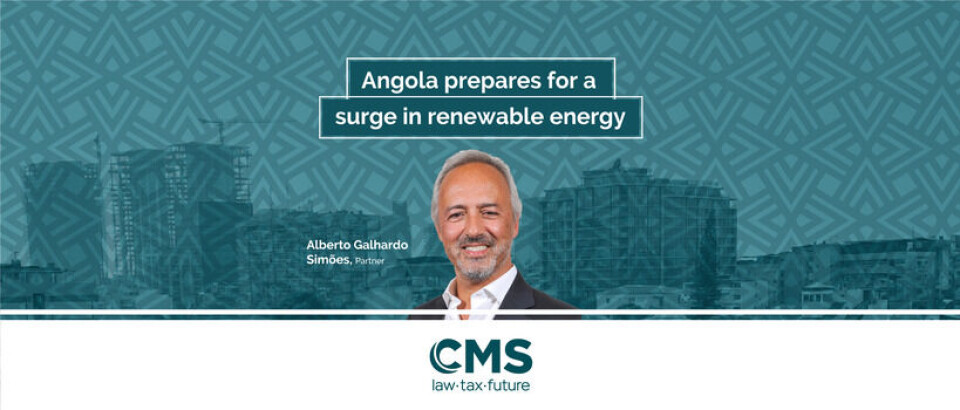Angola has abundant indigenous energy resources, including one of the highest potentials for hydroelectric production in Africa and an exceptional capacity for solar energy generation. In recent years, the country has undertaken significant efforts to increase its electrification rate and diversify its energy sources.
One of the milestones in this endeavour is the approval of the General Guidelines for the Rural Electrification Plan in 2023. This ambitious plan aims to take electricity to remote areas of the country that currently lack access to the national power grid. There is huge scope for development, because in 2022 only 42.8% of the population had access to electricity. The government aims to achieve a 60% electrification rate by 2025.
The Angolan government also hopes that in 2025 at least 7.5% of the electricity generated in the country will come from new renewable energies. To reach this goal, they plan to improve access to energy services in rural areas based on renewable energy, develop the use of new grid-connected renewable technologies, and promote and accelerate public and private investment.
Through various initiatives, Angola is presenting itself as an attractive country to foreign investors seeking sustainable- and renewable energy ventures.
In order to promote investment in the renewables sector by 2025, the Angolan government is considering approving specific laws for new renewable energies and approving pre-defined subsidised tariffs for renewable projects, among other strategies.
“Although Angola's current energy legislation is quite diverse, the sector still awaits specific legislation on renewable energies, which should include mechanisms to protect private sector investments, and the definitions of tariffs and contracts,” commented Luís Borba Rodrigues, Managing Partner of CMS LBR, based in Luanda.
At the moment there are several solar energy projects in various stages of execution, and the combined capacity of these projects is expected to reach approximately 1 200MW upon completion. Angola currently has around 3.7GW of active hydro power installed and producing, and five more hydro power projects are under construction. The country also has the potential to produce over 3GW of power through biomass energy.
Angola does not presently have any wind power projects, but recent studies concluded that the wind in the southwest and on the Atlantic slope present favourable conditions for the installation of more than 3GW of wind farms.
Although opportunities like these in Africa come with some risk and high costs, experts still see the future as exceptionally bright.
“There are very good reasons for optimism about the growth of the Angolan renewables sector,” said Alberto Galhardo Simões, Head of the Lusophone Africa practice, Portugal. “Firstly, the Angolan public sector has been consistently creating the conditions to strengthen the sector with a view to simultaneously reduce Angola’s energy deficit, bring clean energy to rural areas that are not connected to the public grid, and contribute to the energy transition goals. Secondly, renewable projects have thus far attracted strong private sector interest, and this is only likely to increase.”
The full CMS report on renewable energy in Angola is available here.
To join Africa Legal's mailing list please click here

